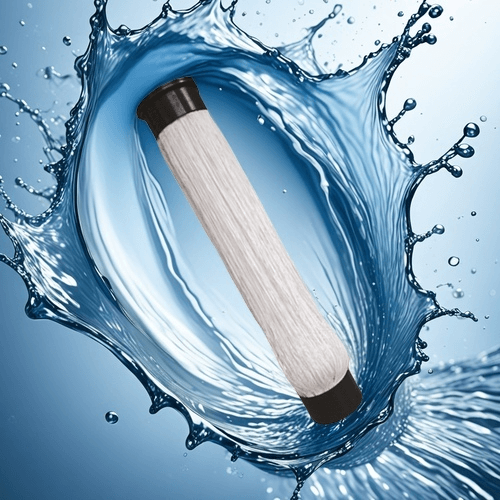Coal Mine Wastewater Treatment Methods
Coal mine wastewater treatment is a crucial step in ensuring environmental protection and resource recovery. Wastewater generated during coal mining typically contains large amounts of suspended solids, chemical oxygen demand (COD), sulfides, and other pollutants. If discharged directly without treatment, it will cause serious water pollution. The following are some common coal mine wastewater treatment methods and process flows.
1. Pre-Sedimentation Tank
Process Flow:
Preliminary Sedimentation: Mine water is pumped into the pre-sedimentation tank via a lift pump. Here, the wastewater remains in the tank for a period of time, allowing suspended solids to settle and coal sludge to settle at the bottom.
Sludge Scraping: Sludge is scraped from the wastewater into a hopper using a scraper, and then pumped to a sludge tank via a sludge pump.
2. Reaction Tank and Coagulation Sedimentation
Coagulant Dosage: Coagulant and flocculant aid are added to the reaction tank. Agitation is used to form flocs between the suspended solids and the chemicals in the wastewater.
Sedimentation and Separation: Flocs further settle in the inclined tube sedimentation tank, removing suspended solids. The effluent enters the intermediate tank.

3. Valveless Filter
Filtration: Water flowing out of the intermediate tank enters the valveless filter for filtration to remove residual solid particles.
4. Disinfection
Disinfectant Dosage: Chlorine dioxide and other disinfectants are added to the disinfection tank to ensure that the treated water meets discharge standards and prevent bacterial growth.
5. Reuse and Discharge
Reuse System: Treated water is pumped to water points for reuse, while unrecycled water is discharged.
6. New Multifunctional Water Treatment Facilities
In recent years, new multifunctional water treatment facilities have emerged that combine multiple functions, including flow generation, mixing, coagulation, and sedimentation. Their features include:
High-Efficiency Treatment: Through the synergistic effect of organic and inorganic complexes, colloidal particles adhere to each other, forming larger flocs that quickly settle.
Small Footprint: Compared to traditional processes, this facility occupies a smaller footprint and has lower investment costs, making it suitable for large-scale deployment.
Easy Operation: Easy operation and management, along with simple routine maintenance, make it suitable for coal mining enterprises.
7. Sludge Treatment
Sludge treatment is equally important. Through methods such as gravity concentration and centrifugal dewatering, the sludge is dewatered and then transported or reused.
Summary
Effective treatment of coal mine wastewater not only reduces environmental pollution but also enables resource recovery. Using modern treatment technologies and equipment can improve wastewater treatment efficiency, reduce operating costs, and support the sustainable development of the coal mining industry.
